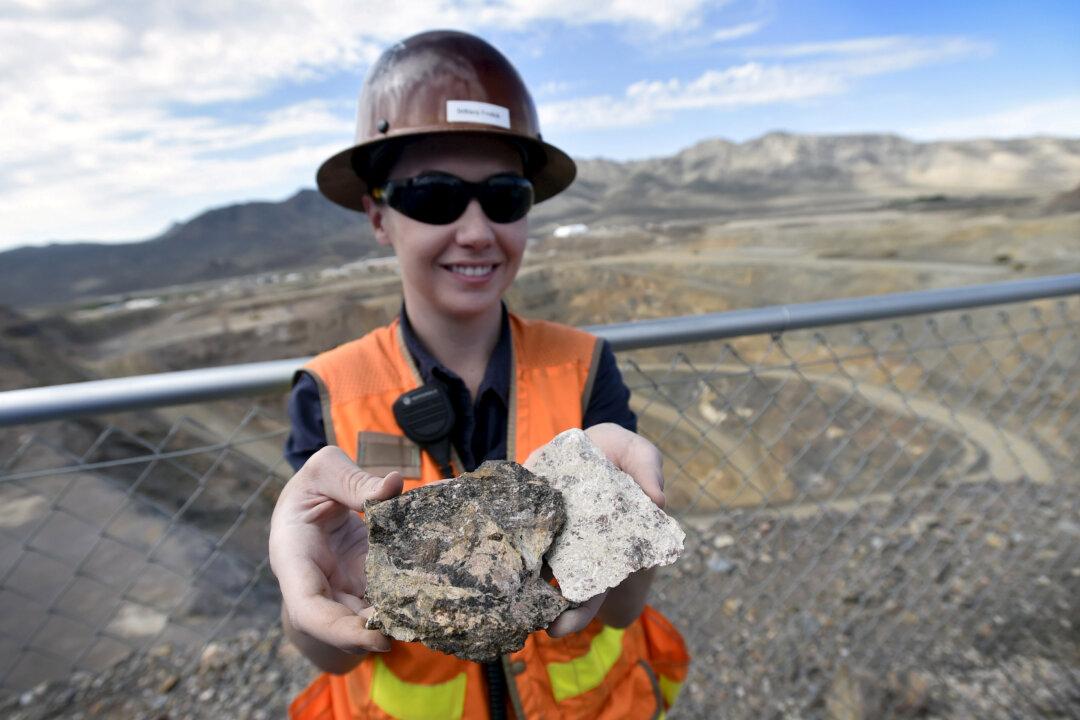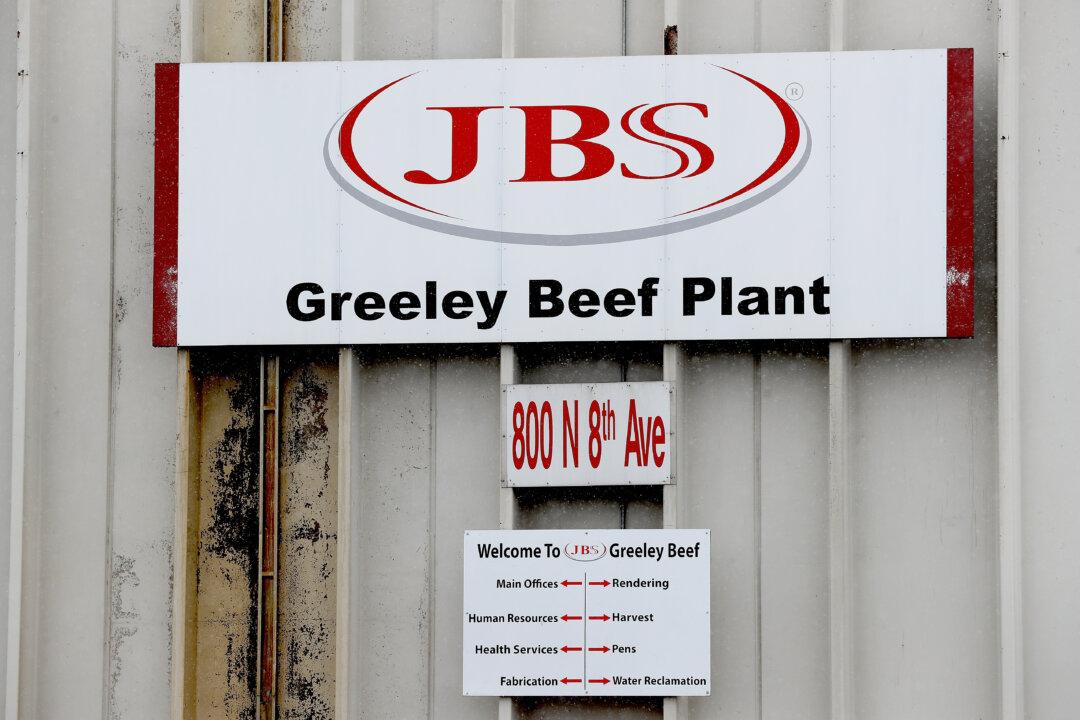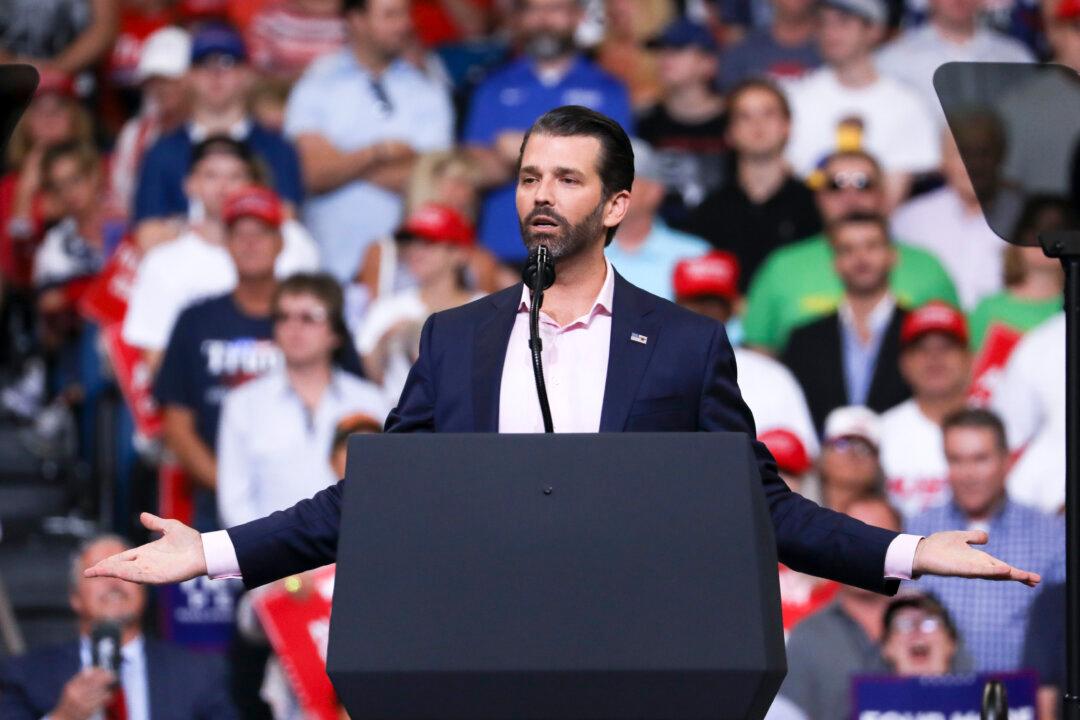The developers of the Round Top Mountain rare earth element (pdf) (REE) mine in Texas are building a pilot plant to process the mine’s ore in the United States, according to a press release. The development means that the U.S. can further increase supply-chain security for the provision of REE minerals and critical minerals to strategic industries such as defense and electronics while reducing reliance on supplies from China—which currently supplies over 80 percent of REEs globally.
Rare earth elements are notoriously difficult to process and refine. While the United States and its allies also have considerable REE deposits, China’s lax environmental standards combined with low labor costs and a raft of government subsidies have allowed it to slash REE production costs, undercutting some processors in the West to the point of bankruptcy. Illegal and undocumented production is also commonplace in China, and is responsible for 20 to 40 percent of Chinese production, according to the U.S. Geological Survey (USGS). China’s virtual monopoly on the REE industry has meant that even the ore mined at California’s Mountain Pass mine is currently being shipped to China for processing.





